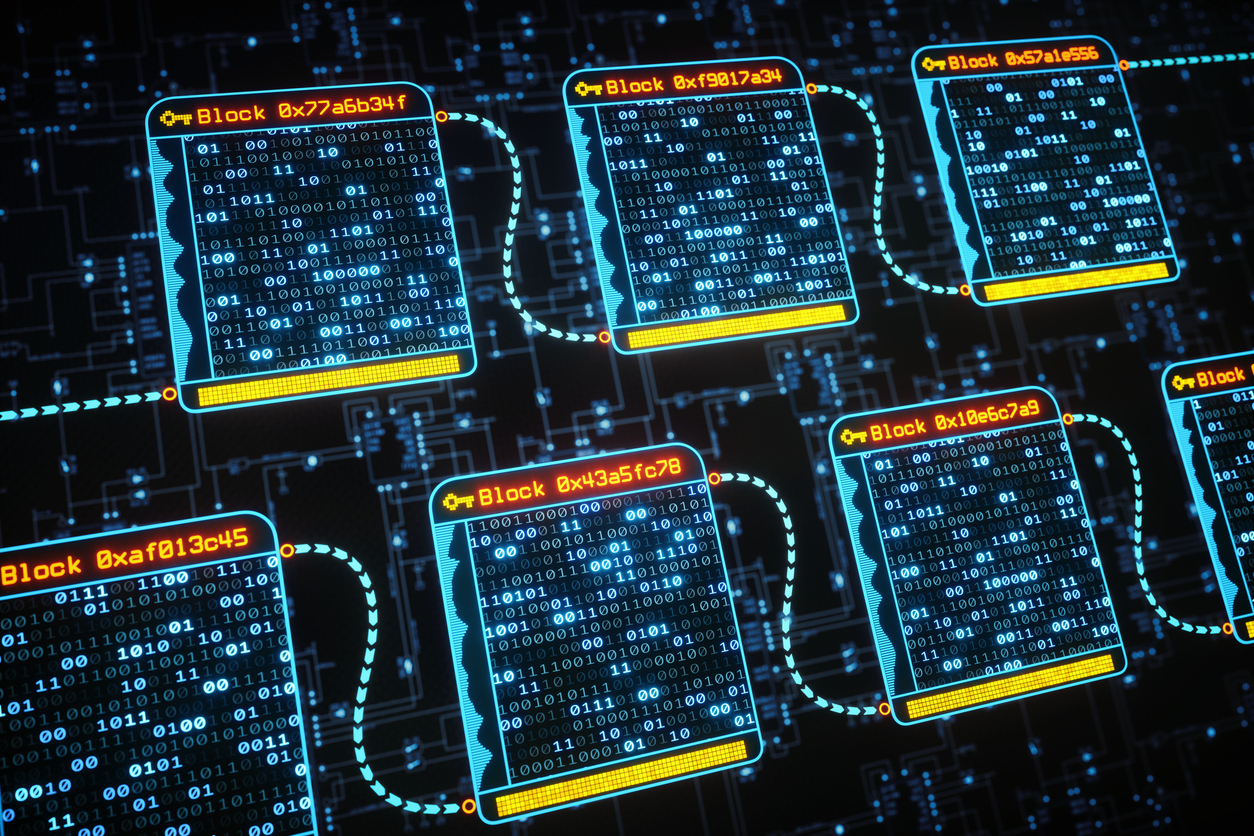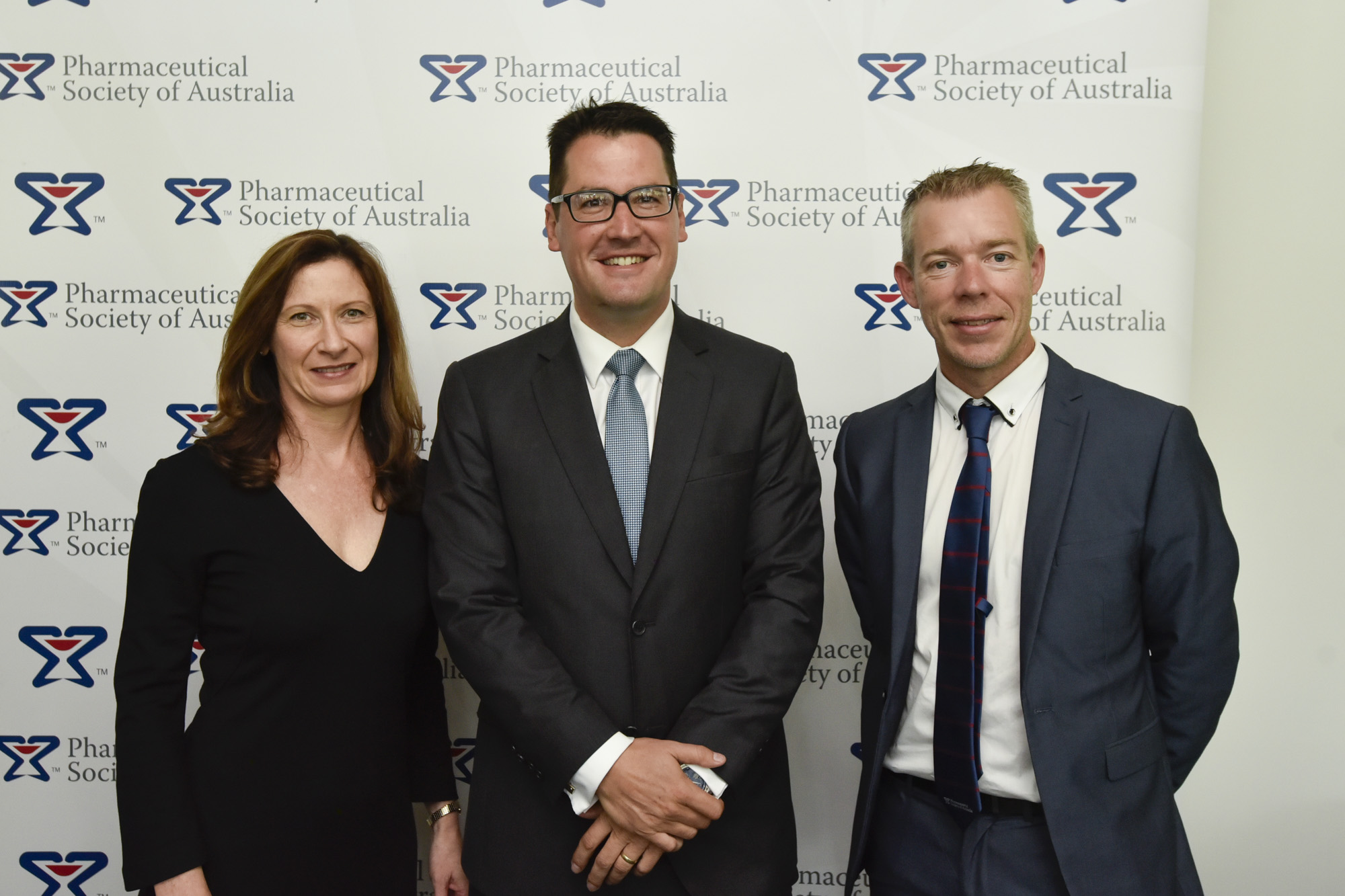Status epilepticus is a medical emergency. It is commonly defined as 30 minutes of continuous seizure activity, or repeated seizures without full recovery of consciousness between attacks.
However, as epilepsy seizures generally only last several minutes, the general consensus is treatment for status epilepticus should start after 5 minutes of continuous seizure activity. The longer a seizure lasts, the less likely it will stop on its own without medication. Prompt treatment is important as people experiencing status epilepticus are at an increased risk of permanent brain damage, and death (20% overall mortality rate). As with epilepsy, there are different types of status epilepticus, and any type of epileptic seizure can progress to status epilepticus.
However, convulsive status epilepticus has the greatest potential for long-term damage.
Treatment
Treatment of status epilepticus follows protocol, and varies between institutions for adults, children and neonates. Nevertheless, the underlying principles of treatment are to provide basic life support e.g. airway protection, maintenance of oxygenation, blood pressure and blood glucose, and termination of the seizure activity.
To quickly control the seizures, initial therapy is a slow intravenous injection of a fast-acting benzodiazepine, which potentiates the inhibitory effects of GABA (gamma-aminobutyric acid) throughout the central nervous system. If intravenous access cannot be obtained, then depending on the benzodiazepine; rectal, intramuscular, intranasal, or buccal routes of administration may be possible. Since the benzodiazepines used in these protocols often only have a short duration of anticonvulsant effect, a long-acting antiepileptic drug by slow intravenous injection is then required to prevent recurrence of the prolonged and uncontrolled seizures. Phenytoin (Dilantin) which blocks voltage- and use-dependent sodium channels to prevent repetitive neuronal discharge is often the preferred drug. Second line options include phenobarbitone (prolongs inhibitory postsynaptic potentials by increasing the mean chloride channel opening time, thereby increasing the duration of GABA-induced cell membrane hyperpolarization), or sodium valproate (Epilim), which is thought to prevent repetitive neuronal discharge via multiple mechanisms e.g. blocking voltage‑ and use-dependent sodium channels, enhancement of GABA, inhibition of glutamate, and blockade of T-type calcium channels. Unfortunately, an estimated 30% of status epilepticus occurrences do not respond to the benzodiazepine and long acting antiepileptic drug treatments, and people need to be placed into induced coma to control the seizures. As such, there is still a need for options for acute seizure control.
Aromatast inhibitors e.g. letrozole (Femara), and fadrozole (marketed as Afema in Japan), have garnered interest in their potential use for suppressing status epilepticus. Letrozole is an aromatase inhibitor indicated for use in postmenopausal women with hormone receptorpositive breast cancer, and accepted for use in anovulatory infertility due to polycystic ovary syndrome. Aromatase inhibitors reduce tissue oestrogen concentration by inhibiting aromatase enzymes, which are responsible for convert circulating androstenedione and testosterone to oestriol and oestradiol.
Sex hormones
The role of estrogens and other sex hormones has been an area of ongoing research. Animal studies have found estrogens to be proconvulsant, and can acutely promote neuronal excitability in the hippocampus, a region commonly involved in seizures. Further research now suggests that estrogens such as 17beta-estradiol, which is synthesised by the hippocampus in response to neural activity, acutely promotes neural activity.
This means the brain’s production of estrogen during the experience of a seizure potentials further seizure activity, and this effect is found to be the same in both males and females. Recent research using a rat model of status epilepticus (bilateral hippocampal infusion of 10 micro g/side versus vehicle) found inhibiting estrogen synthesis after the onset of a seizure strongly suppressed seizures without anti-epileptic drugs or other interventions.
This was reflected in both hippocampal electroencephalograms and observed seizure behaviours. Several years ago, a case report also describes the effectiveness of letrozole (2.5 mg) every 36 hours, for a male patient experiencing temporal lobe epilepsy and sexual dysfunction due to low testosterone levels. In this patient, letrozole in addition to standard antiepileptic medication, improved seizure control. Upon cessation of letrozole, the patient experienced seizure exacerbation, which was then subsequently improved after restarting letrozole.
While these findings are promising, much more work is required to better understand the relationship between estrogens and seizure onset and resolution, and thereby the role of aromatase inhibitors in managing status epilepticus, and even epilepsy. Given the high risk of morbidity and mortality with status epilepticus, more research and understanding into the efficacy and safety of aromatase inhibitors is warranted. This has the potential to help patients who would otherwise need to be induced into a coma for status epilepticus, or people living with epilepsy who are unable to attain adequate responses from conventional antiepileptic medicines.
Letrozole dosing information
| Condition | Dosing (adult) |
| Status epilepticus*, seizures*
|
Status epilepticus: Dose in rats, bilateral hippocampal infusion, 10 micro g/side.
Seizures: oral, 2.5 mg daily, dosing interval adjusted according to response. |
| Breast cancer | Oral, 2.5 mg once daily |
| Anovulatory infertility
|
Oral, 2.5–7.5 mg once daily for 5 days, starting on day 3 of menstrual cycle |
*Letrozole does not have an indication for this condition – dose provided is indicative only
DR ESTHER LAU MPS School of Clinical Sciences, Queensland University of Technology, Brisbane
PROF LISA NISSEN FPS School of Clinical Sciences, Queensland University of Technology, Brisbane
Useful references
- Sato SM, Woolley CS. Acute inhibition of neurosteroid estrogen synthesis suppresses status epilepticus in an animal model. ELife. 2016;15(5):e12917.
- Harden C MacLusky NJ. Aromatase inhibition, testosterone, and seizures. Epilepsy Behav. 2004;5(2):260–3.
- Taubøll E, Sveberg L, Svalheim S. Interactions between hormones and epilepsy. 2015 May;28:3–11.














 PSA Chief Operating Officer Deb Bowden, Senator Zed Seselja and PSA National President Dr Shane Jackson.[/caption]
PSA Chief Operating Officer Deb Bowden, Senator Zed Seselja and PSA National President Dr Shane Jackson.[/caption]





 [post_title] => New Pharmacy House opens
[post_excerpt] =>
[post_status] => publish
[comment_status] => open
[ping_status] => open
[post_password] =>
[post_name] => new-pharmacy-house-opens
[to_ping] =>
[pinged] =>
[post_modified] => 2018-04-05 12:33:52
[post_modified_gmt] => 2018-04-05 02:33:52
[post_content_filtered] =>
[post_parent] => 0
[guid] => http://psa.studionerve.com/?p=1231
[menu_order] => 0
[post_type] => post
[post_mime_type] =>
[comment_count] => 0
[filter] => raw
)
[title_attribute] => New Pharmacy House opens
[title] => New Pharmacy House opens
[href] => http://psa.studionerve.com/new-pharmacy-house-opens/
[module_atts:td_module:private] => Array
(
)
[td_review:protected] => Array
(
)
[is_review:protected] =>
[post_thumb_id:protected] => 1239
)
[post_title] => New Pharmacy House opens
[post_excerpt] =>
[post_status] => publish
[comment_status] => open
[ping_status] => open
[post_password] =>
[post_name] => new-pharmacy-house-opens
[to_ping] =>
[pinged] =>
[post_modified] => 2018-04-05 12:33:52
[post_modified_gmt] => 2018-04-05 02:33:52
[post_content_filtered] =>
[post_parent] => 0
[guid] => http://psa.studionerve.com/?p=1231
[menu_order] => 0
[post_type] => post
[post_mime_type] =>
[comment_count] => 0
[filter] => raw
)
[title_attribute] => New Pharmacy House opens
[title] => New Pharmacy House opens
[href] => http://psa.studionerve.com/new-pharmacy-house-opens/
[module_atts:td_module:private] => Array
(
)
[td_review:protected] => Array
(
)
[is_review:protected] =>
[post_thumb_id:protected] => 1239
)












